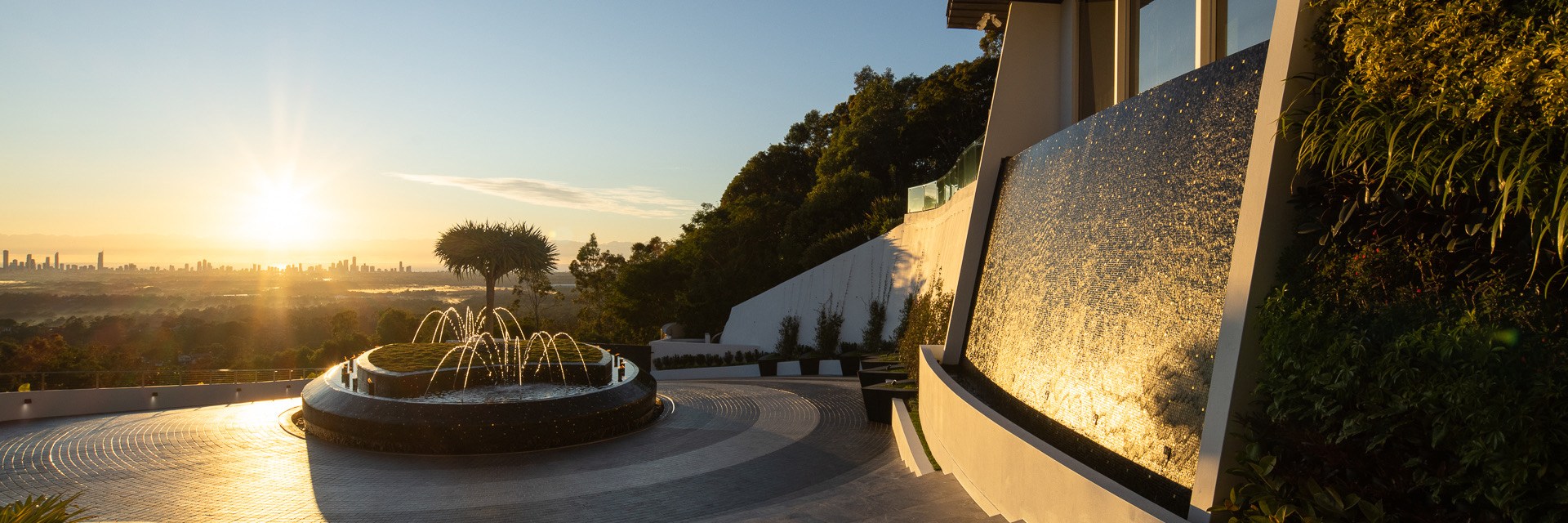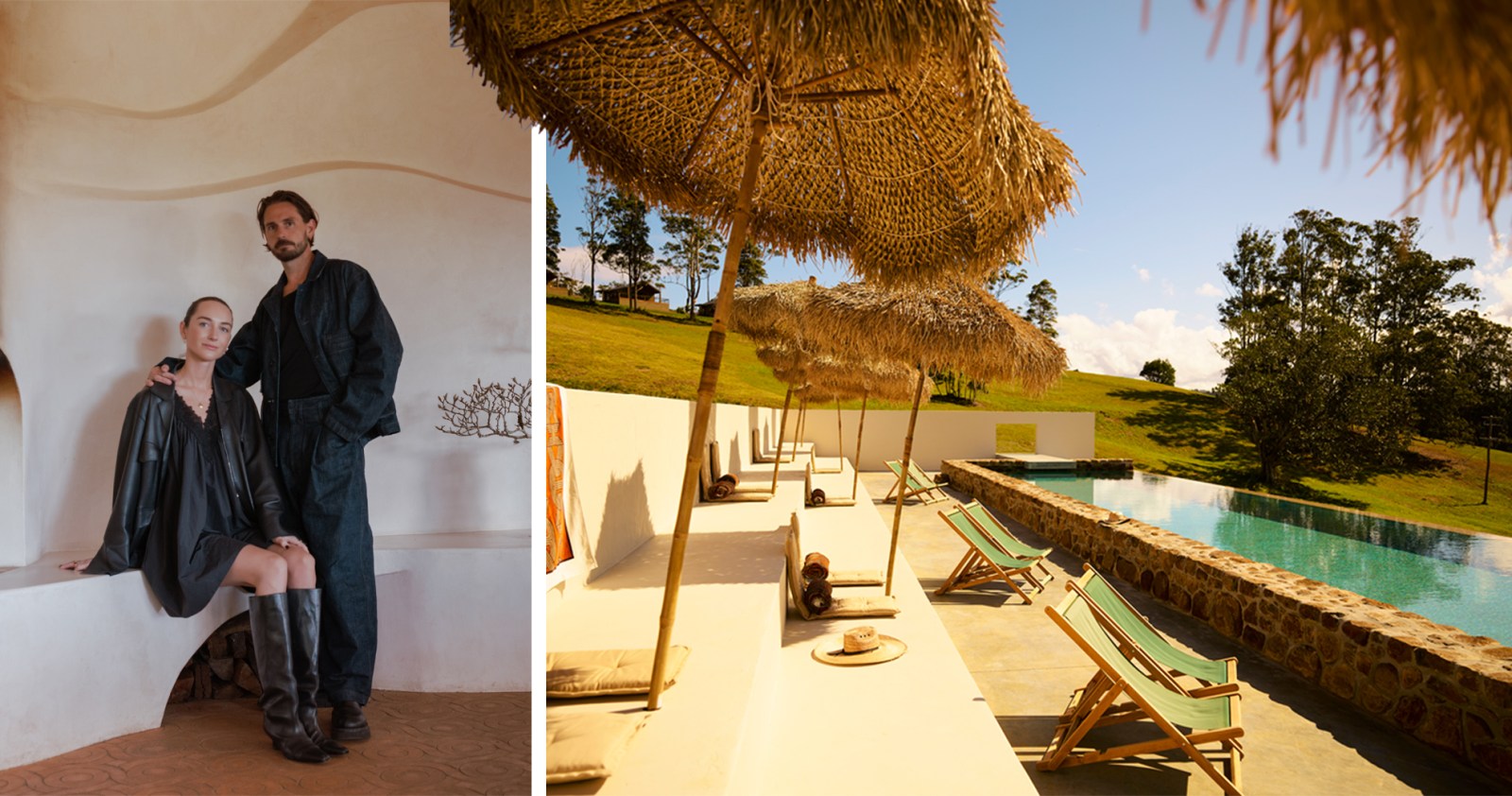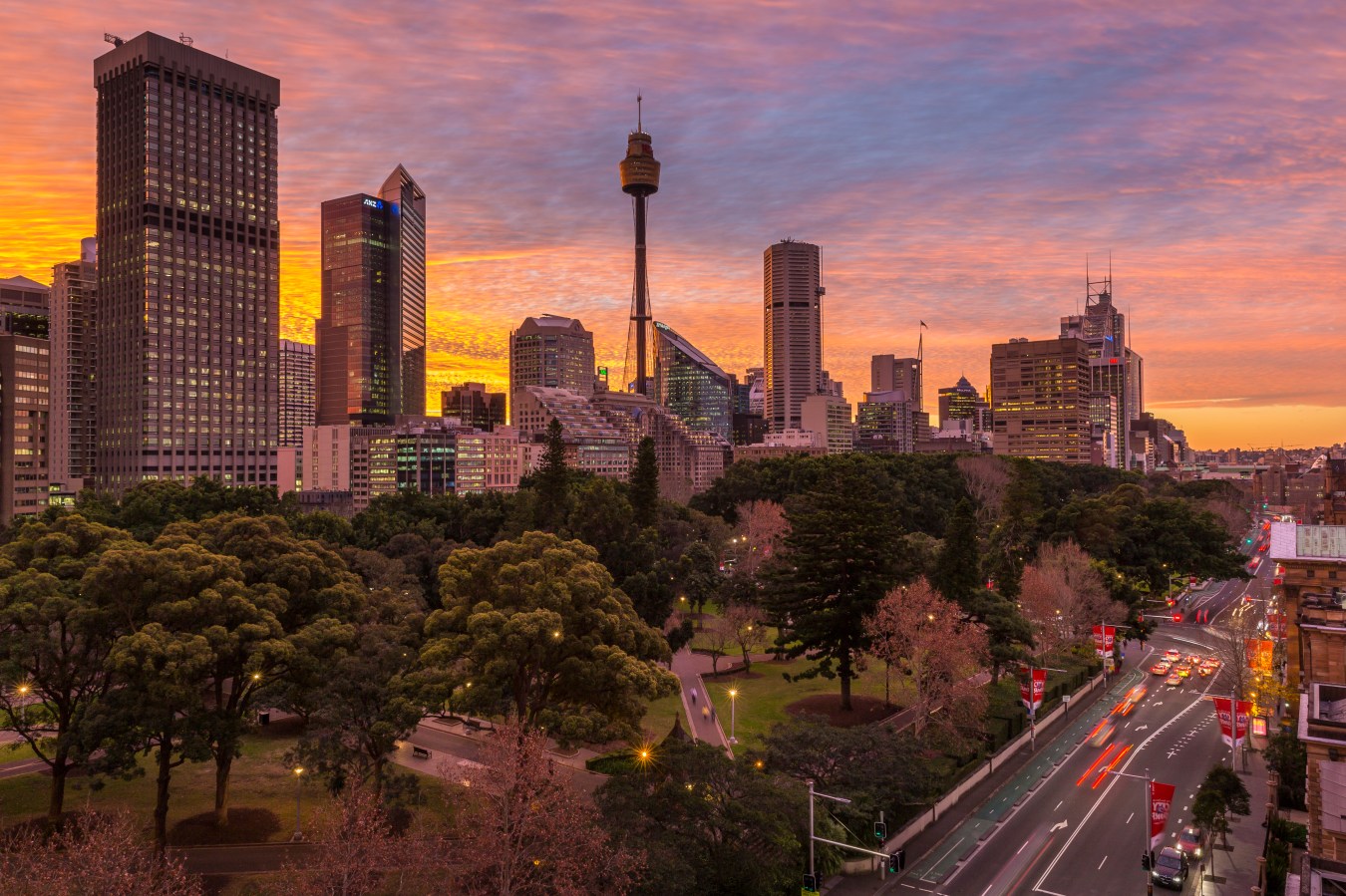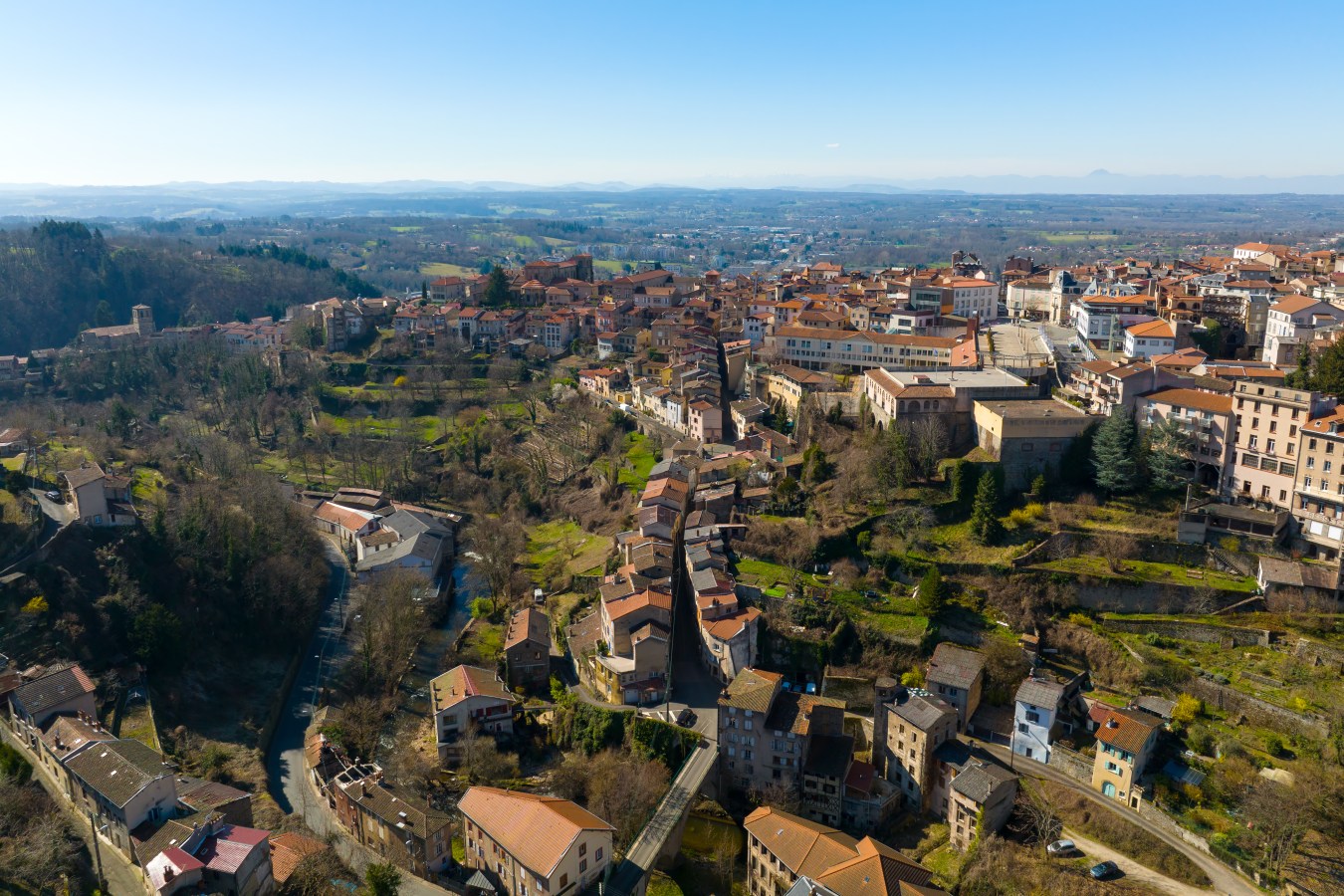Brad Moran has applied the same lessons he picked up as an AFL footy player and start-up founder to property redevelopment, the culmination being a Queensland mega-mansion built to delight.
This story appears in Issue 19 of Forbes Australia, out now. Tap here to secure your copy.
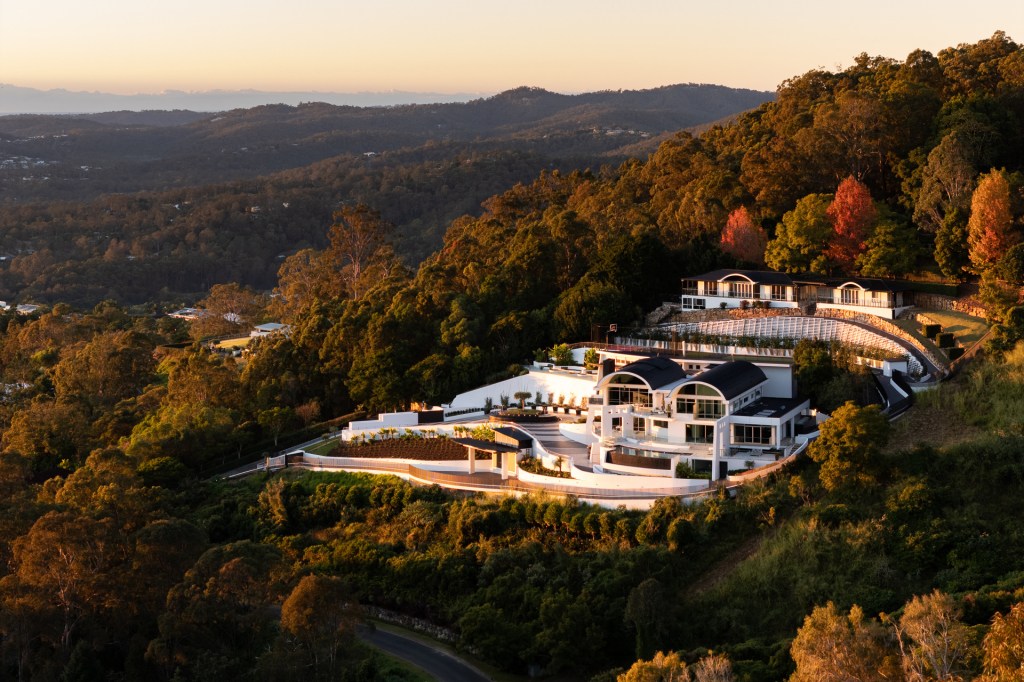
“What I have is a very stimulated brain that has a large degree of perfectionism,” Brad Moran, ex-AFL footy player and start-up founder, says. That’s why, he says, he took on an oversized home renovation project back in September 2021, mere months after a “brutal” decade-long stint in business.
The existing home (read: mega-mansion) in Tallai – which Brad purchased, “Like a used car salesman – I just slapped a contract on the agent’s car and said, ‘Here’s a cash offer, take it or leave it’,” – had good bones, but Moran says the design was a little gaudy.
The 38-year-old moved in with his wife and three children and had to make a call: to give it a touch of love and return it to the market, or “go the whole hog”.
The whole hog is a two-and-a-half-year full-time renovation of 71 individual areas, with the outcome being a completely refreshed property that’ll be sold at auction on November 28 this year via Gold Coast luxury real estate agent, Kollosche. The auction comes at an opportune time for the Queensland luxury property market, which has been continuing to lift expectations. In October this year, an off-the-plan Gold Coast penthouse launched onto the market with a $26.5 million guide which, if achieved, would break the south-east Queensland apartment record. The current property price record for Queensland stands at $42 million, thanks to the sale of the 10-bedroom Bellagio La Villa estate at 49-109 Tallebudgera Connection Road at auction.
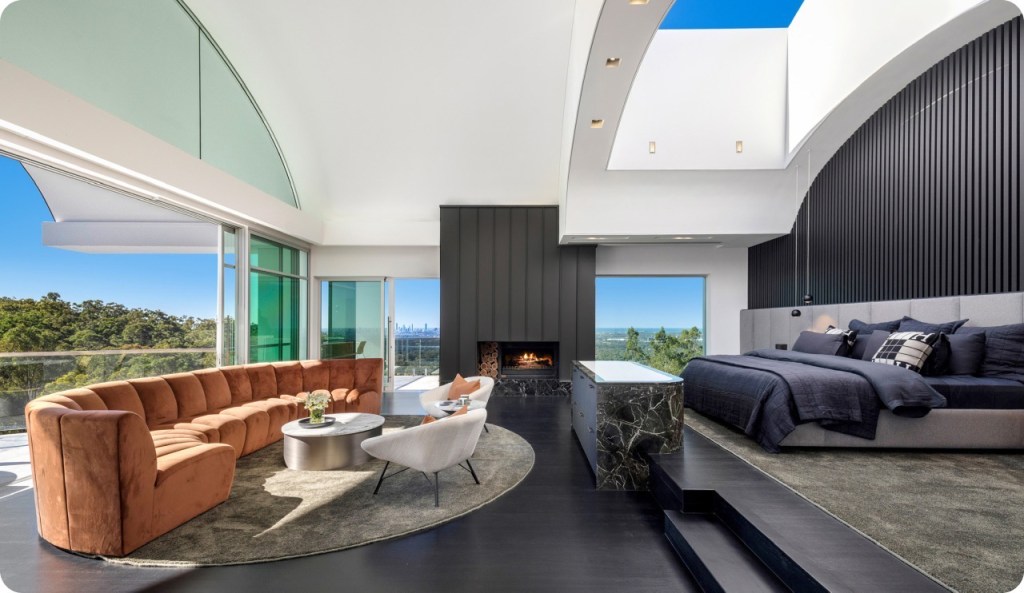
There are 10 bedrooms, 11 bathrooms and the property is 2,250 square metres.
The main residence is 1,900 square metres, then there’s a 450-square-metre “private fun park” and another 350-square-metre “sky residence” (for staff or guests).
The health and wellness centre alone spans 152-squares, with 52 handmade gym items, Pilates reformers, a seated steam room and a seated infrared sauna. It’s kitted out with timber, white leather and brushed silver finishes and a fully-stocked hydration station. The fun park features a 160-metre racetrack, 45-metre putting green and 20-metre infinity pool, as well as a racing simulator and basketball court that overlooks the Gold Coast.
But the entertaining areas are arguably the most impressive, with an entertainment wing that can fit up to 200 guests, a fully-equipped whiskey bar, outdoor terrace and 8-seater poker room (that’s sound-insulated). There’s plenty more to see at Tallai.
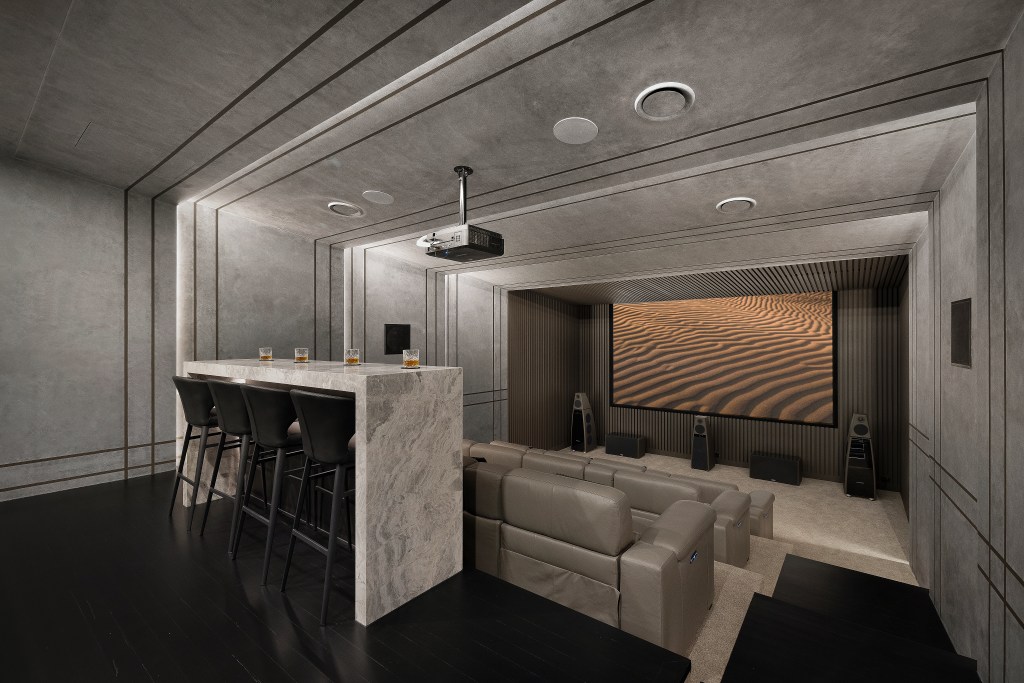
The renovation was a sizeable task, and fraught with difficulty. First off, there’s the sheer scale of the project: “I would have conversations with friends at the kids’ school and they’d say, ‘We’re renovating a bathroom’, like it’s the end of the world. I’d say, ‘Yeah, I’m doing 11’.”
Second, Moran couldn’t get contractors for love – and certainly not money. That was a change from the start-up world, where he was used to offering staff more cash to come for the job. This was mainly due to the complexity of the gig, he says.
“What I learned very quickly was never to show someone a finished design, only a pencil-drawn sketch. The fountain in the middle of the driveway – it took nine months to complete, but the contractor had no idea what he was building until the end. I had to be incognito a lot of the time.”
That fountain is Moran’s favourite feature of the home, mainly because of the naysayers who said it wasn’t possible. Why? It spits fire and water simultaneously. These one-off features are what Moran calls “delighters” – and those familiar with product development know what he’s talking about.
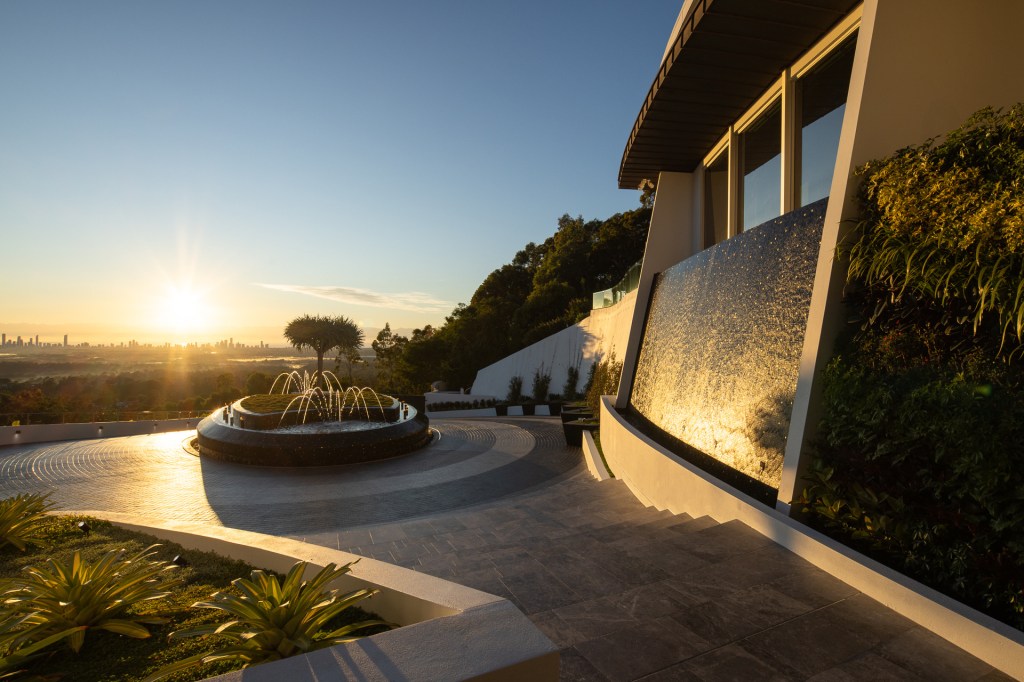
A self-proclaimed tech-geek (he had the first iPhone 2, Sony discman and MP3 player), Moran mentions Apple at least six times in our interview, because its features delighted its customers.
“Apple nailed their delighters, and that’s often what people look for in user experience and design,” he says. “The whole house was about trying to create something special in every room. Each one had its own experience, and that experience would delight you. That’s where the perfectionism nearly sent me crazy.”
But Moran is no stranger to this kind of pressure: he was forced to retire from the AFL prematurely due to a career-ending knee injury in 2011 at the age of 24, and then he was forced to step down from his first start-up, NoQ, in 2016.
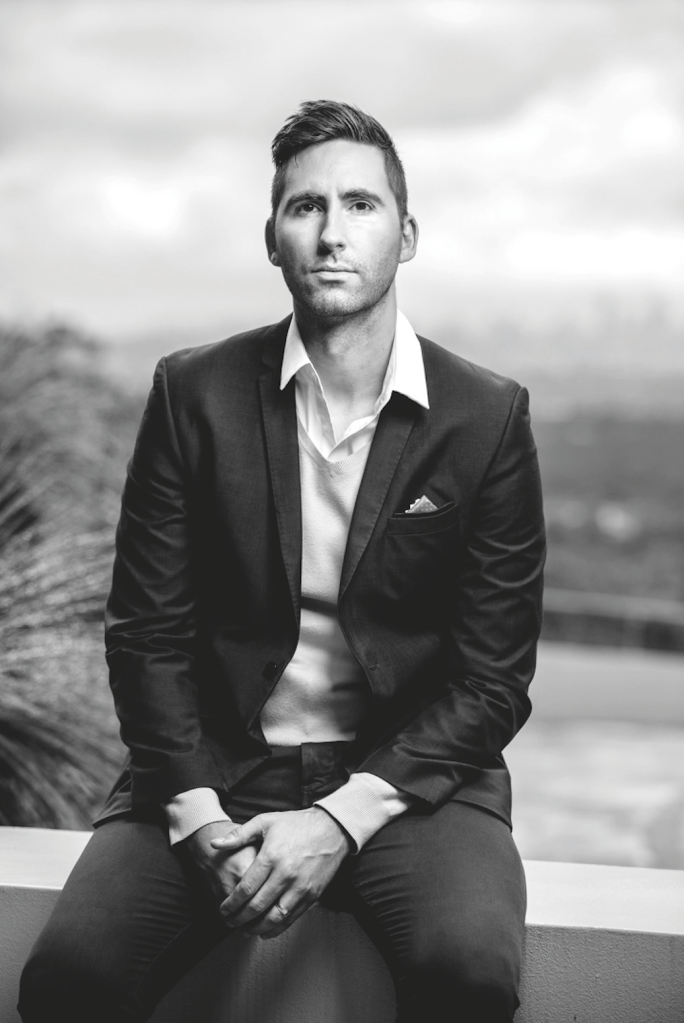
“I was burnt out, it was brutal. I was not in a good way mentally or physically. Seven years of living on the red line is very difficult.”
By 2017, Moran couldn’t get a gig – he was an ex-footballer and ex-startup-chief without a corporate resume. So, he decided to try his hand at business again via CitrusAd, a retail media platform that allowed brands to bid for advertising placement. Luckily – and he admits there was some luck involved – this was a success. Moran and co-founder Nick Paesch landed some top-tier clients (Woolworths, Coles, Unilever) and some capital early, and four years later, sold to Publicis Group, a Paris-headquartered advertising and public relations group, for $205 million.
“So, I guess I dealt with burnout in a not very healthy way,” he says, with a chuckle. “I medicated, pushed my body and just kept going. I just didn’t know how to switch off. But that’s just my personality type.” And it largely explains why he decided to pursue another project that had the potential to burn him out again. This time, though, Moran says he had the toolkit to get him through.
“There are a chunk of similarities between a project of this size and a start-up in the sense that you start 35,000-feet high in a propeller plane and you’re just crashing, and you have to rebuild a jumbo jet before you hit the ground. I was probably $10 million into the build, and I didn’t know when it was going to finish or what it would cost me, or what the end result would be.”
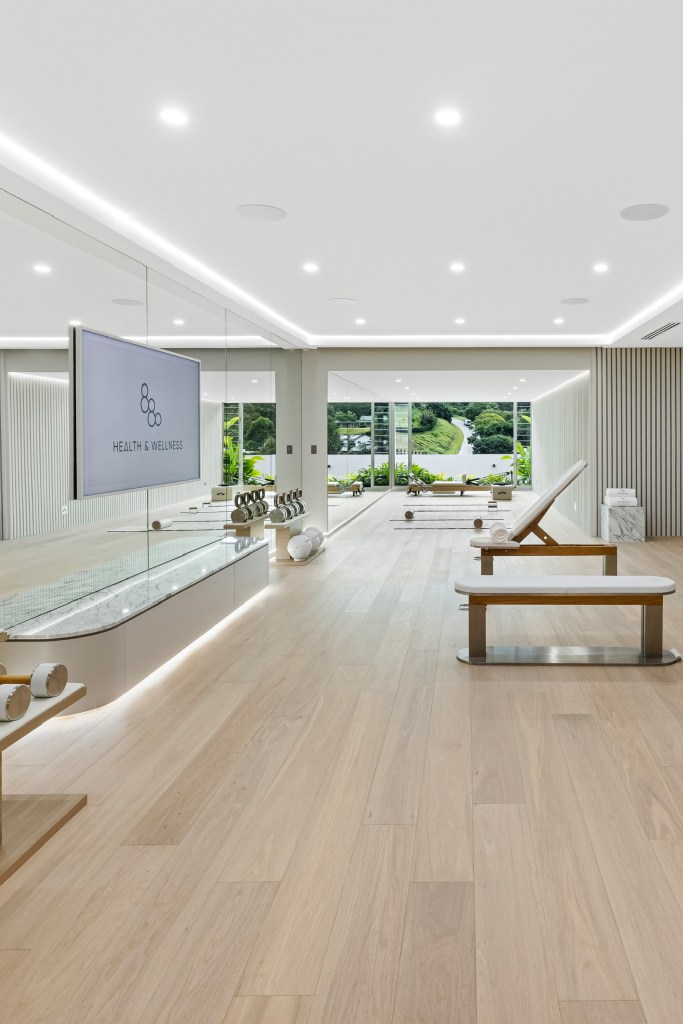
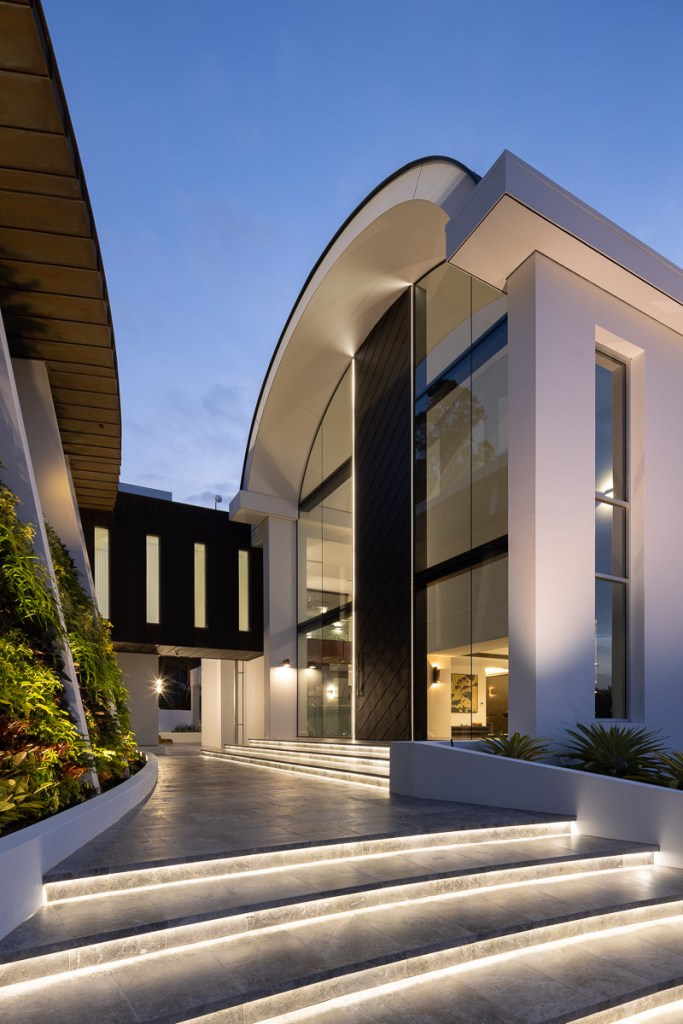

Still, it was a high-risk, high-reward project that Moran doesn’t see himself getting involved in again, at least to this degree. But he says property development is a great family plan, and with three children, he’ll never say never to starting his own firm one day.
“I want to teach my kids about managing money, and property gives you that flexibility,” he says.
Moran expects the property to be sold to a buyer that values privacy (its location and security features lend themselves to the ultra-high-net-worth or famous buyer seeking solitude), though, of course, its sheer size and multiple living spaces lends themselves to the entertainer as well.
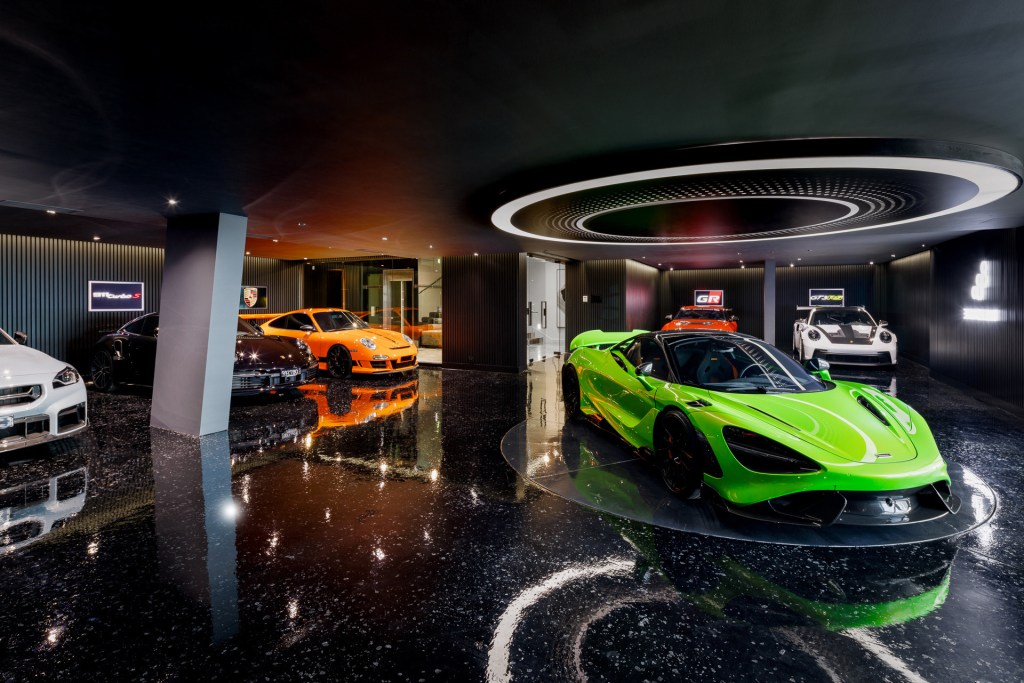
“You don’t have a 200-person guest wing with a fully commercial bar and bar terrace without wanting to have some sort of entertainment there at all,” he says. “It’s for someone who wants something special, a true one-off. Someone who appreciates engineering, architecture, and aesthetics all coming together poetically. And having nearly 9,000 square metres in the foothills, where no one can see you and having absolutely everything at your disposal – that’s unparalleled.”
Look back on the week that was with hand-picked articles from Australia and around the world. Sign up to the Forbes Australia newsletter here or become a member here.
